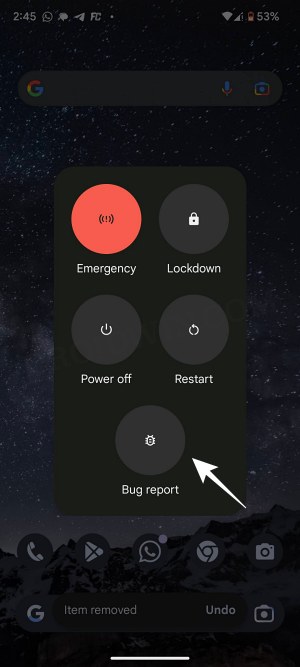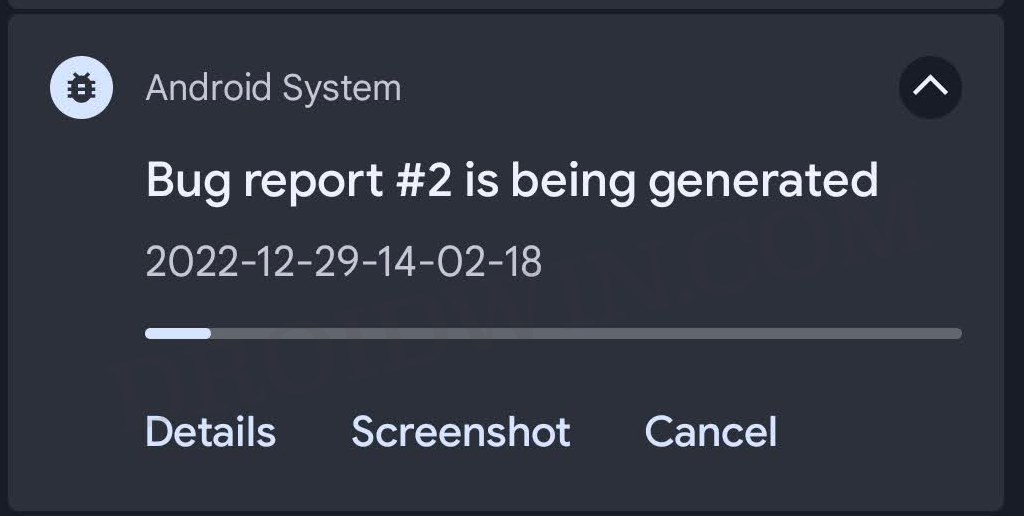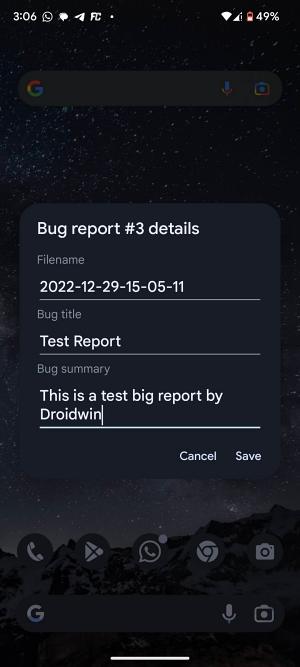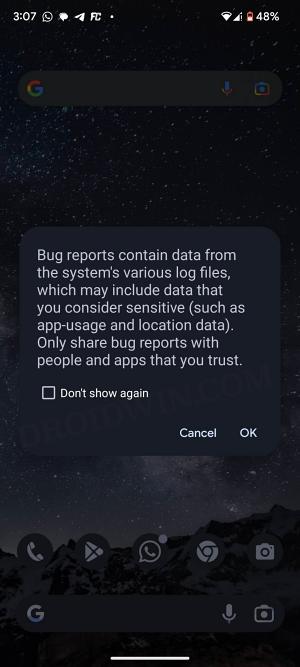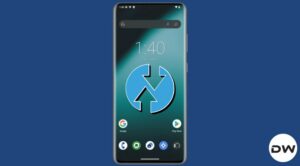In this guide, we will show you the detailed steps to capture, file, and send a bug report on your Android device. No app, whether it is a third-party or system, is free from its fair share of bugs and issues. While some issues are widespread and are talked about by every other user, others are minuscule in nature and are only faced by a handful of users. But irrespective of the scale of the issue, it definitely needs to be addressed at the earliest.
And this is where the role of bug reports comes into play. As a general user, we could consider taking screenshots or doing a screen record of the issue should be sufficient enough for the developers to act upon. Unfortunately, that is not the case. This screen recording is only the tip of the iceberg, it only paints a small picture of the real issue and it is near about an impossible task for developers to find the culprit, let alone rectify the issue, just by having a look at these recordings.
So what else could be done? Well, you should always take a bug report and send the same to the devs. These reports contain detailed system information, such as the list of system apps and processes running in the background, the current firmware version, the build number, resource consumption at the time of the issue, and so on.
After digging into the technicalities, it makes it really easy for the dev to start debugging and fixing the underlying issue. This is the reason why many developers ask for a detailed report of the issue instead of listing it in plain text format. But how could you capture, file, and send a bug report on your Android device? Well, this is where this guide will help you out. Follow along for the instructions.
Table of Contents
How to Capture, File, and Send a Bug Report on Android
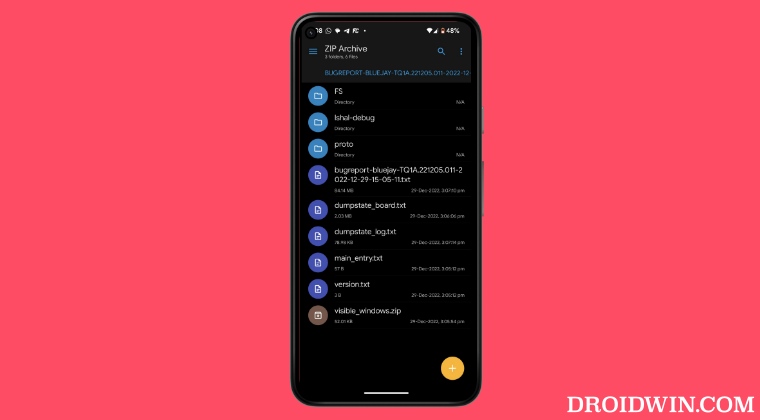
Do keep in mind that a bug report contains sensitive system information and might include some sensitive data [such as app usage and location data]. So only share it with the developers that you trust.
- Head over to Settings > About Phone and tap on Build Number 7 times.
- Then go to System > Developer Options > Enable USB Debugging.
- Now scroll down and enable the toggle next to Bug Report Shortcut.

- Then long press the power button to bring up the Power menu and select Bug Report.

- The bug report will start generating and while that is happening, it is highly recommended that you try and reproduce that issue.

- Likewise, while it is being recorded, you could tap on the Details option and assign it a name, title, and summary.

- Once the report has been generated, you will be notified of the same in the notifications panel. Tap on it to share it.

- You will get a prompt on your device, tap OK.

- The share menu will now appear. Select the desired app from the list or choose File Explorer to save the report to your device.
How Does an Android Bug Report Look Like?
Once you have captured the bug report on your Android device, it will be saved in a ZIP format [the image on the left]. Upon extraction, you could see all the associated files [on the right]. Out of these, it is the bugreport.txt file that is usually the most important to the developers.
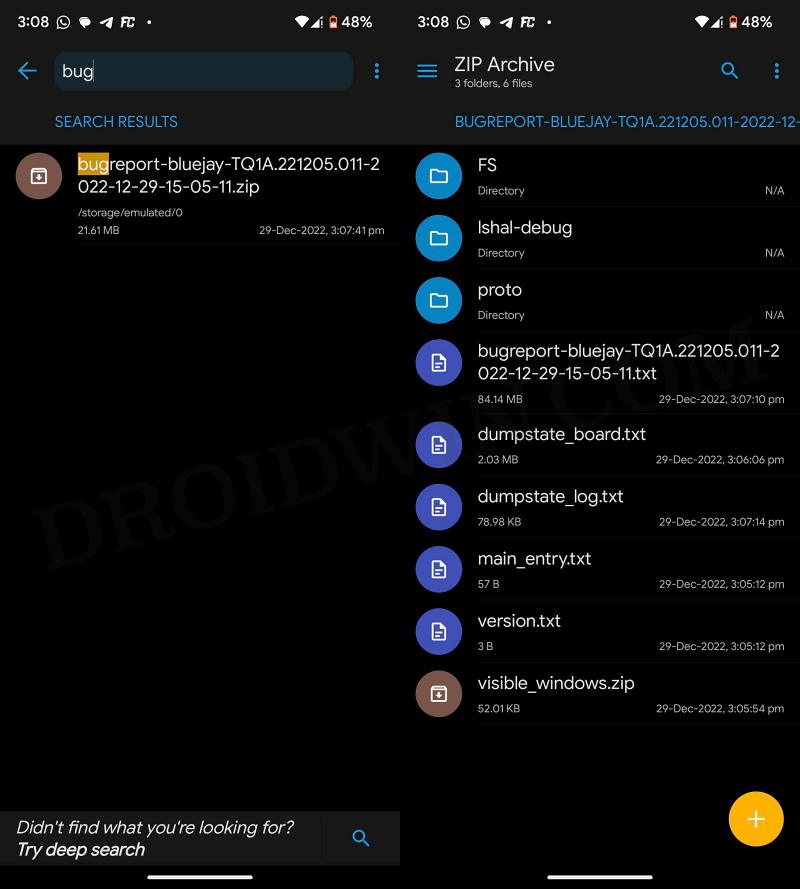
How to Send a Bug Report to Google
If you are planning to share the report with Google Devs [issues related to Android OS], then upload the file to Google Drive and share the folder to [email protected]. Once that is done, make sure to share the Drive link with the developers on Google’s Issue tracker page for that specific bug [example page].
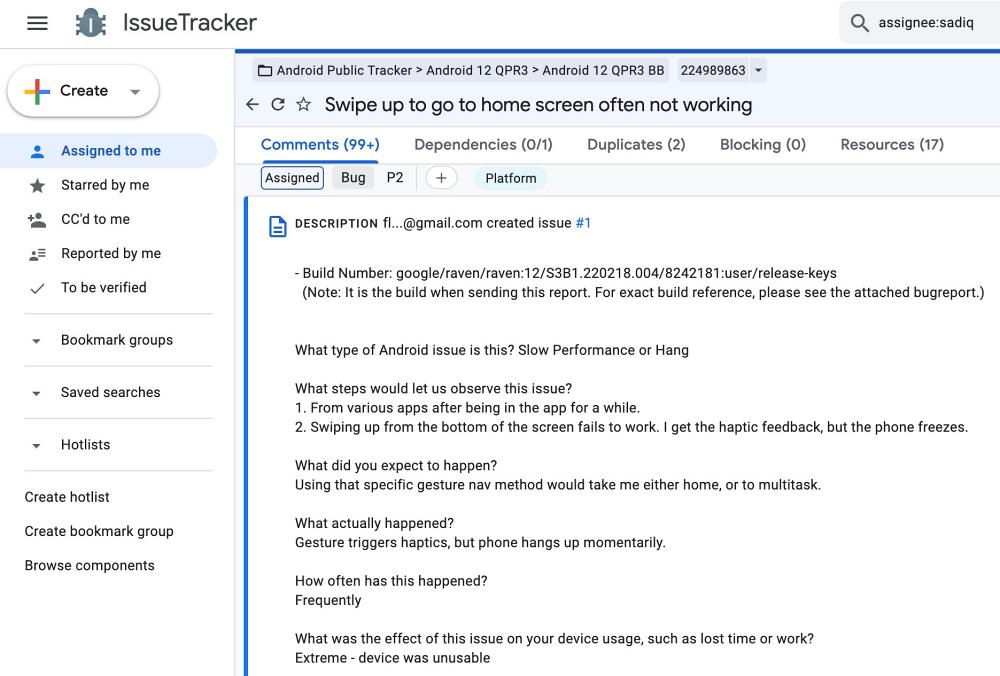
That’s it. These were the steps to capture, file, and send a bug report on your Android device. If you have any queries concerning the aforementioned steps, do let us know in the comments. We will get back to you with a solution at the earliest.

